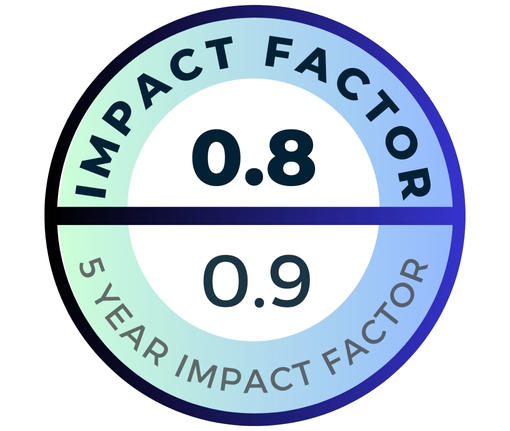Abstract
Objective: Pulmonary embolism (PE) is a life threatening but potentially reversible cardiovascular emergency situation which is caused by the blockage of a pulmonary arterial vessel. In our study we aimed to evaluate the symptoms, clinical and demographical characteristics, response to treatment, mortality during hospitalization and 30 days-after-discharge in patients who were diagnosed with high risk and intermediate risk PE and who were treated with streptokinase as a thrombolytic agent.
Material and Method: The study included a total of 31 patients with acute PE who were diagnosed in the coronary intensive care department of our hospital from December 2006 to December 2009. Twenty six of these patients were treated with streptokinase as the thrombolytic agent. The five patients were treated with standard heparin.
Results: PE is identified with evaluation of clinical laboratory qualifications, spiral angio computerized tomography (BT) and ventilation-perfusion scintigraphy methods. In 29 patients a thrombus in a pulmonary vascular vessel was shown with spiral angio BT. In 26 of the cases, streptokinase was emöployed as a thrombolytic agent In four of our patients, streptokinase associated bleeding complication occured. Further in four patients, exitus caused by respiratory and circulatory deficiency during hospitalization occured.
Conclusion: Especially in patients at high risk, treatment with thrombolytics is life saving. Nowadays alteplase is suggested as a thrombolytic by FDA and ESC. In our study; streptokinase was applied due to reasons such as capability of our hospital, low socioeconomic degree of the patients and the lack of social security of patients. Mortality was similar in comparison to the studies conducted with alteplase and major bleeding rates were lower. As in many other studies, our study has shown that alteplase and streptokinase are equal in terms of efficacy and safety. Therefore, in developing countries such as ours, streptokinase is very important both in treatment efficiency and decreasing the treatment costs. (Tur Toraks Der 2012; 13: 6-10)


.jpg)

.png)